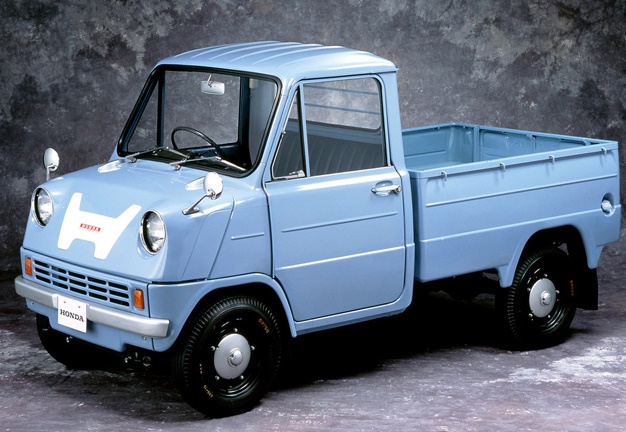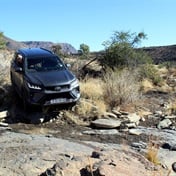Who said workhorse bakkies can't rev? Honda's bakkie history is fascinating.
There are very few things that Honda has not done in the motoring world. Amazing engines, fantastic sportscars and hugely reliable family vehicles.
Honda's obsession with engineering purity and build quality has delivered a portfolio of regarded classics and deep brand equity. But one aspect of Honda's business has always been lacking: bakkies.
Although the American market is serviced by Honda's Ridgeline double-cab, it cannot really be considered a true bakkie. The Ridgeline is built on a monocoque platform, instead of the more traditional, ladder frame configuration, which can handle a heavy load.
In a world of rationalisation and hybridisation, it appears unlikely that Honda's product priority any time soon will be a workhorse bakkie. Still, it does have a heritage in this regard - a legacy worth awakening.
Have you owned an older-generation bakkie of any brand? Please email us your photos and stories.
Going the full 360
Back in the early 1960s, Honda's business was all about sportscars. Soichiro Honda had wowed the global car enthusiasts with his S360 concept: a radically light sportscar powered by a tiny, but significantly potent, engine.
Although the S360 became an instant classic when it debuted at the 1962 Japanese auto show, it also had a lesser-known twin. In a moment of inspiration typical of Soichiro, the company decided to use its high-performance S360 engine, in a compact bakkie.
Image: Honda
It was a radical idea and gave the world T360 in 1963. The tiny bakkie's peak output might have sounded modest in absolute terms, at only 22kW, but it was also very light. As an indication of just how advanced this T360 bakkie's engine was, it produced 61kW per litre, more than a comparable Porsche 911 of the time.
The 356cc engine featured four carburettors, one for each cylinder. It was also capable of spinning to 9000rpm, which was a stratospherically high engine speed, for a bakkie.
With four cleverly selected drive ratio and a light kerb weight, Honda's T360 was an excellent short-distance courier vehicle. It could haul 350kg and had a top speed of 100kph. Available configurations were with a conventional bakkie loadbox, flatbed, dropside or even a tracked version, for use in snowy Japanese winters.
Enter the T500
The T360 naturally evolved with Honda's S-Series sportscar. When the S360 was updated to S500 specification for production, in 1963, Honda started developing the T500.
Honda T360 - Image: Honda
Despite the favourable reaction, the S360 was deemed under-powered for global sportscar markets such as Europe and North America. Honda decided that its S500 would become the brand's first true global car, which also created the opportunity for a more powerful version of the company's T-series bakkie, in 1964.
Although the T500's 531cc four-cylinder engine produced slightly less power than an S500, at 28kW it was entirely adequate. Honda's T500 had a 105km/h top speed and 400kg load capacity, which made it 5km/h faster and capable of hauling 50kg more weight, than the original T360.
Honda's T360 and T500 bakkies might have looked like toy vehicles, but with a separate body and ladder-frame platform, they were configured like proper rear-wheel drive bakkies. Which is precisely what they were.
An interesting detail is that all Honda T360 bakkies were painted in the same colour: May Blue.




 Publications
Publications
 Partners
Partners

















